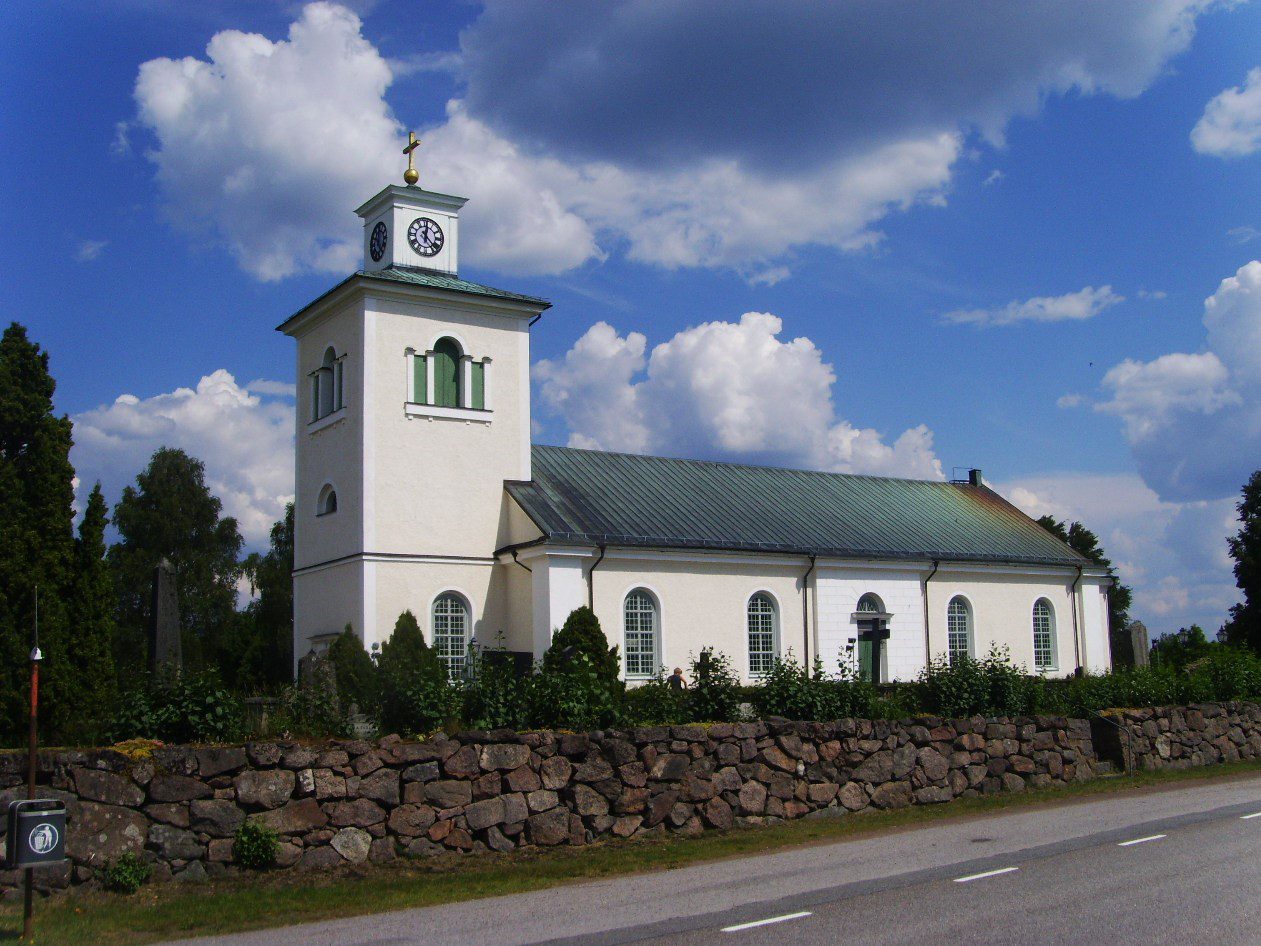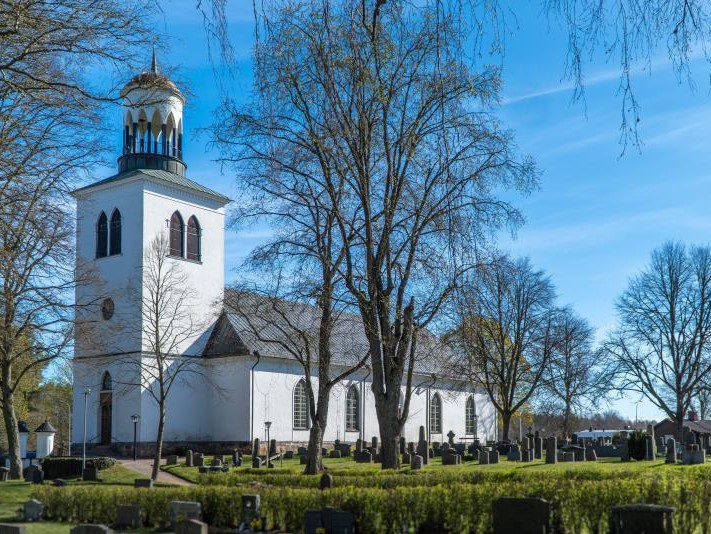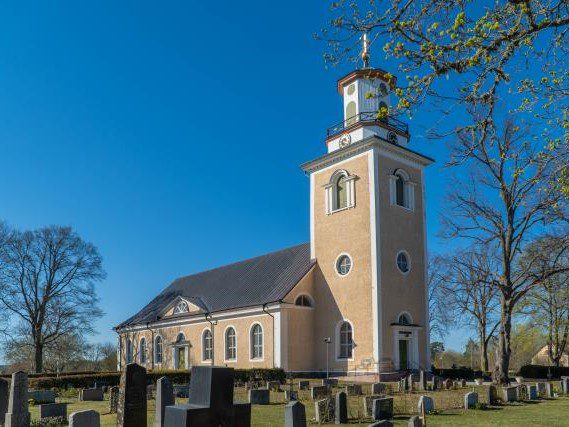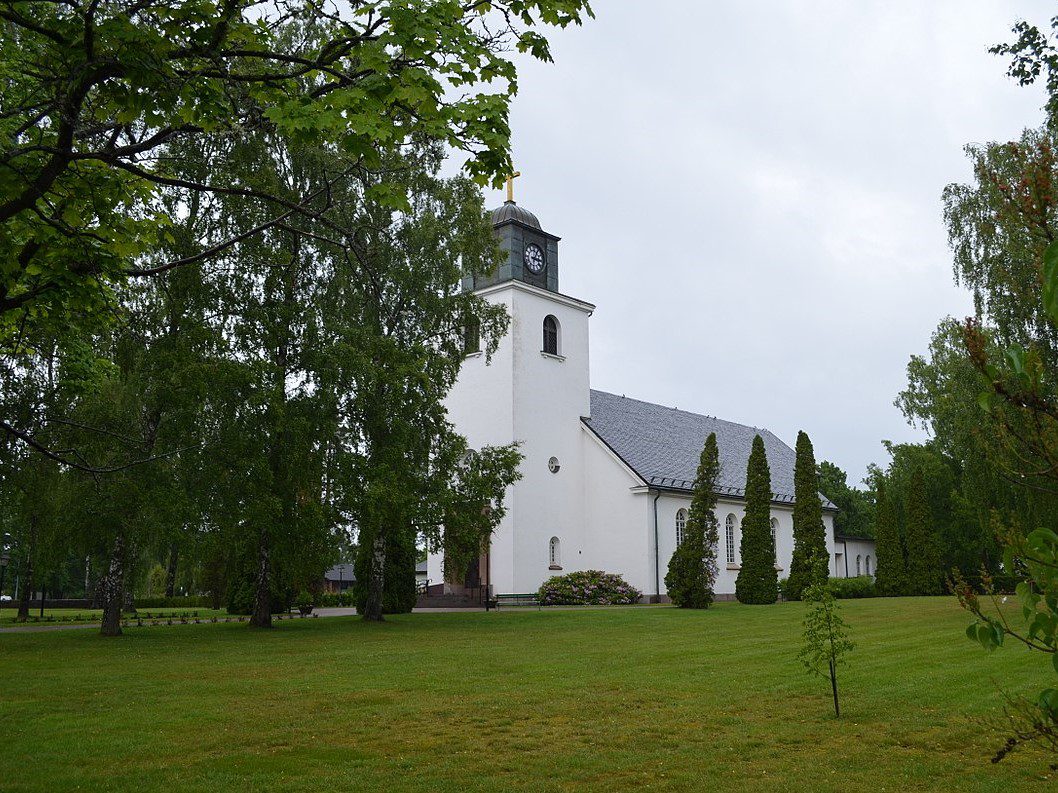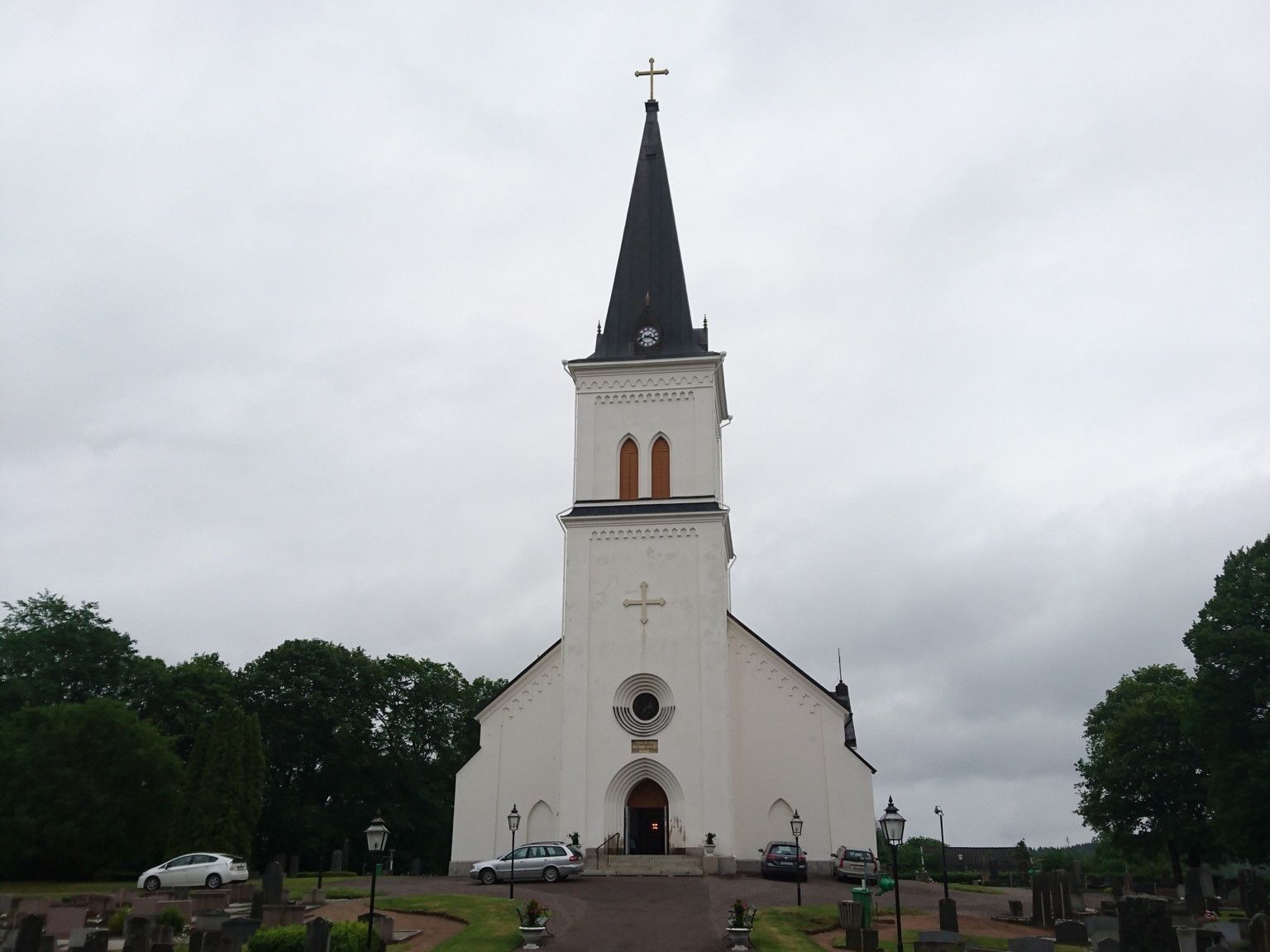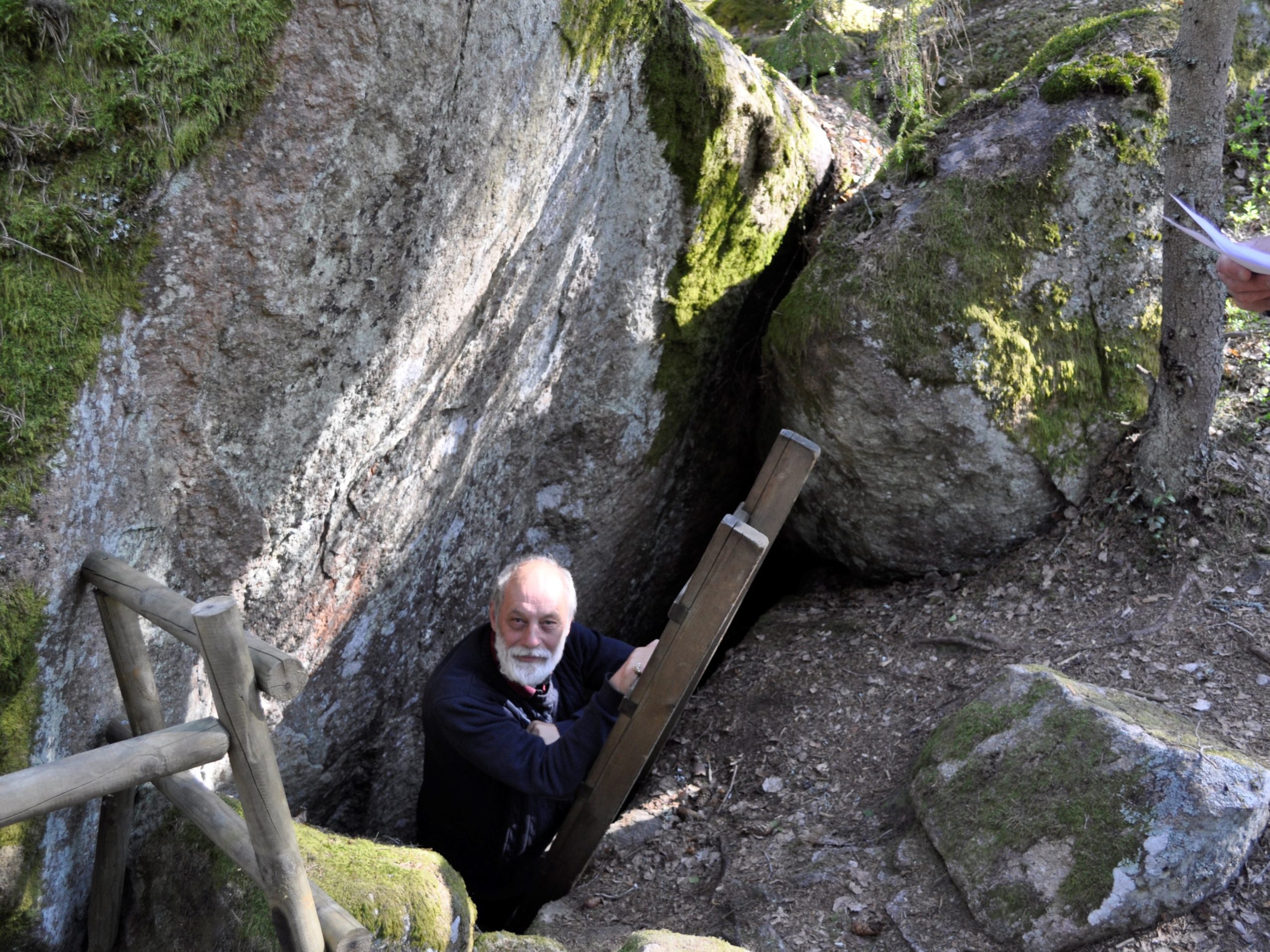


Five kilometers northeast of Målilla, at the fall of Silverån lies the village of Hagelsrum. There are the remains of Hagelsrum's third and last blast furnace.
The blast furnace was built in 1748. At that time, Sweden was a major power among Europe's iron-producing countries. The blast furnace was added to deliver pig iron to the iron rod smithy in Storebro. The blast furnace belonged to the Storebro Mill for several decades. From the beginning of the 1800th century, the blast furnace switched to the newly formed Rosenfors Mill. Who took care of the thank you iron and worked it on.
Hagelsrum's blast furnace with blower house and water wheel housing was built in 1853. It is the only preserved blast furnace in Kalmar county. In May 1748 Wilhelm Mauritz Pauli was privileged to build a blast furnace at his own manor house Hagelsrum. The blast furnace was built to support Pauli's older ironworks in Storebro with pig iron. It was included with the mills in Pauliström, Storebro and Ålhult in the so-called Pauliströmske Verken. The current blast furnace is the third in order in Hagelsrum and was built in 1853. The last blowing occurred in 1877.
The blast furnace body with the crane superstructure remains. A three-cylinder blower and parts of the water wheel are found in their old buildings. Remains of the slag pile and some house foundations are also left.
The iron ore was sea ore, which was collected from nearby lakes. Charcoal came from the nearest parishes. The liquid crude iron from the blast furnace was cast into burrs, hence the name baffle iron.
The thanks went on to iron-making in Storebro and later from 1802 to Rosenfors. Some iron was poured on the site into pots, pans, mortars and the like directly from the blast furnace.
In 1756, Major General and Free Lord Carl Fredrik Pechlin became the owner of the blast furnace. Pechlin was later suspected of being involved in the assassination of Gustav III. He was imprisoned at Varberg's fortress where he was allowed to spend the rest of his days.
Right next to the blast furnace lies the inspector's residence from the late 1700th century, in the common people called the White Sea. After the blast furnace was closed down, the building was both an apartment building and a store until the 1960s. From 1994, Målilla-Gårdveda Hembygdsförening took over the blast furnace. Since then, its annual building maintenance camp is run where participants get to learn older craft techniques under expert guidance.
Share
Reviews
It is fortunate that they save these old industrial historic buildings and maintain them. Because it's nicer to be able to see them naturally. It's not the same as seeing it in a photo. Feel free to stop by and take a look if you're passing by. In addition, it is a beautiful environment by the Silverån.
